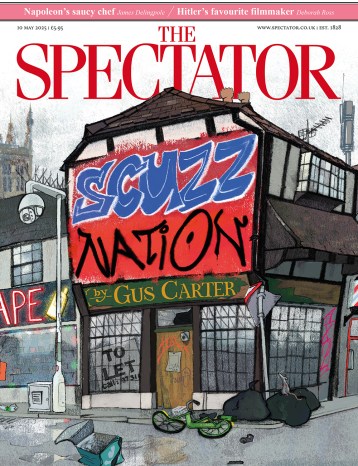In my pantheon of heroes a particular place of honour is occupied by the hypermodern grandmaster Richard Réti, the first to adopt the double fianchetto since the days of Howard Staunton.
Réti-Yates: New York 1924; Réti Opening (See diagram 1)
12 Rc2 This manoeuvre connected with this rook move must have struck onlookers as nothing short of revolutionary.

Disagree with half of it, enjoy reading all of it
TRY A MONTH FREE
Our magazine articles are for subscribers only. Try a month of Britain’s best writing, absolutely free.
Already a subscriber? Log in




Comments
Join the debate, free for a month
Be part of the conversation with other Spectator readers by getting your first month free.
UNLOCK ACCESS Try a month freeAlready a subscriber? Log in